Crushing Bytes to Bits
Spezialist für Embedded-Software-Tests und Qualitätsprozesse

Review
C, C++, Yocto, Qt/QML
Tests
C, C++, Linux, Hardware
Prozesse
Entwicklung von Qualitäts-Prozesse
Werkzeuge
HIL Setup, Remote- & EoL-Tests
Zuverlässigkeit beginnt mit Tests
Als externer Tester bringen wir eine unabhängige Sichtweise ein, die sich klar von der Perspektive der Entwickler unterscheidet. Während Entwickler ihren Code oft mit dem Ziel prüfen, die gewünschte Funktion zu bestätigen, suchen wir gezielt nach Fehlern, Schwachstellen und unerwartetem Verhalten. Diese neutrale Herangehensweise verhindert Betriebsblindheit und erhöht die Chance, kritische Probleme frühzeitig zu erkennen. So entsteht ein objektiveres und belastbareres Testergebnis.
Was wir tun
Testplanung & Entwicklung
Zuverlässige Produkte durch gründliche Tests
Wir prüfen Embedded-Systeme mit praxisnahen Testmethoden. Gründliche Tests sichern Funktionalität, Stabilität und Sicherheit. So entstehen zuverlässige Produkte, die im Einsatz bestehen.
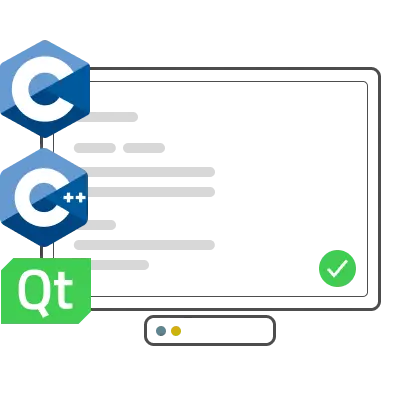

Was wir tun
Testing Automatisierung
Schnellere Releasezyklen durch automatische Tests
Wir entwickeln und integrieren Testautomatisierung für Embedded Software. Automatisierte Tests beschleunigen Releasezyklen, reduzieren manuelle Aufwände und erhöhen die Zuverlässigkeit. Dadurch können neue Funktionen schneller und mit gleichbleibender Qualität ausgeliefert werden.
Was wir tun
Erstellen von Testequipment
Solide Entwicklung durch gute Werkzeuge
Wir erstellen maßgeschneidertes Testequipment für Embedded Systeme. Gute Werkzeuge ermöglichen präzise Prüfungen und stabile Entwicklungsprozesse. So legen wir die Basis für eine solide und zuverlässige Produktentwicklung.
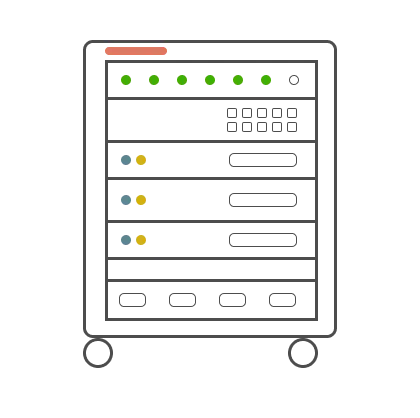
Das zeichnet uns aus
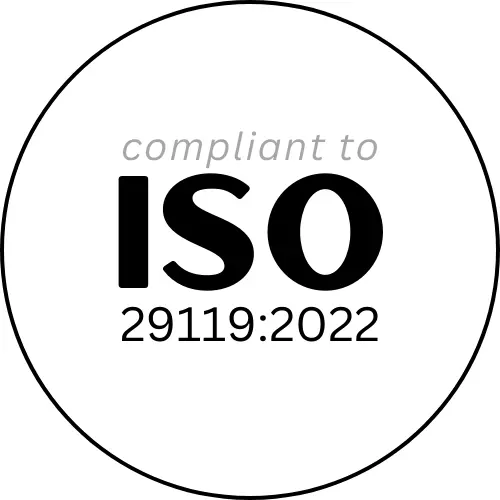
Der grundlegende Testprozess basiert auf ISO 29119:2022 und ist an branchenspezifische Standards angepasst.
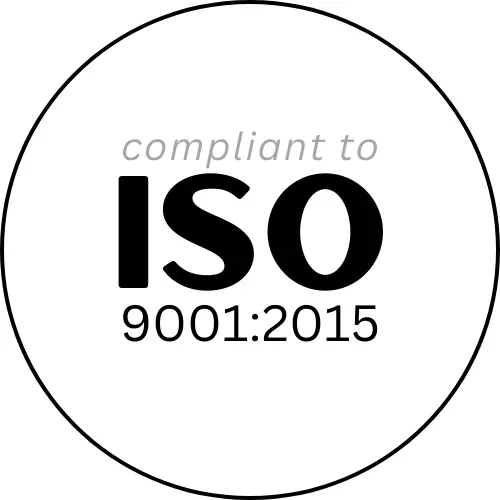
Die internen Qualitätsprozesse entsprechen der ISO 9001:2015 und den in der ISO 90003 festgelegten Best Practices.
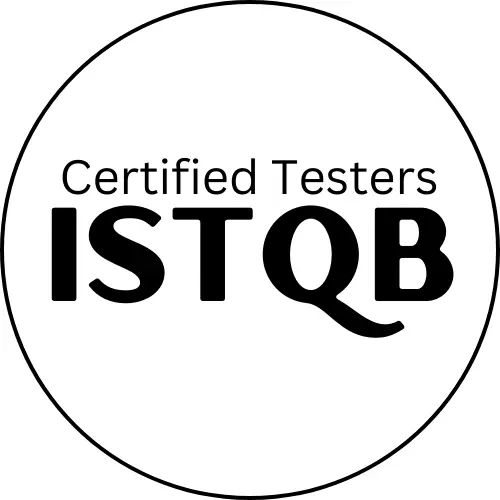
Alle Tester sind ISTQB-zertifiziert und werden regelmäßig geschult.
Partner die auf Bitcrush vertrauen



